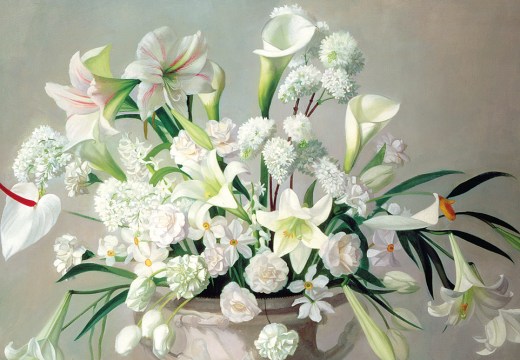Augustus the Strong brought Chinese porcelain production to Europe, with the establishment of the first European manufactory for hard-paste wares at Meissen in 1709 – but the Elector of Saxony’s love of China did not stop at ‘white gold’. When an inventory of his collection was taken in 1738, five years after his death, it included more than 1,100 Chinese drawings, watercolours and prints, as well as more than 600 chinoise prints by European artists who shared the elector’s enthusiasm. This show at the Residenzschloss in Dresden (19 November–13 February 2022) presents highlights from this collection, supplemented by loans that show how Chinese graphic arts were used as templates for porcelain manufacture and other decorative arts in 18th-century Europe. Find out more from the Residenzschloss website.
Preview below | View Apollo’s Art Diary here

Scroll painting with numerous scenes of popular life (18th century), unknown Chinese artist. Photo: Herbert Boswank; © Kupferstich-Kabinett, SKD

Cloud and Mountain Landscapes (1714), Matteo Ripa after Yu Shen. Photo: Herbert Boswank; © Kupferstich-Kabinett, SKD

Vase (c. 1735–40), Meissen. Photo: Adrian Sauer; © Porzellansammlung, SKD

Cut-out sheets with exotic birds (c. 1710–25), Johann Christoph Weigel. Photo: Andreas Diesend; © Kupferstich-Kabinett
Unlimited access from just $16 every 3 months
Subscribe to get unlimited and exclusive access to the top art stories, interviews and exhibition reviews.














![Masterpiece [Re]discovery 2022. Photo: Ben Fisher Photography, courtesy of Masterpiece London](http://www.apollo-magazine.com/wp-content/uploads/2022/07/MPL2022_4263.jpg)
It’s time for the government of London to return to its rightful home